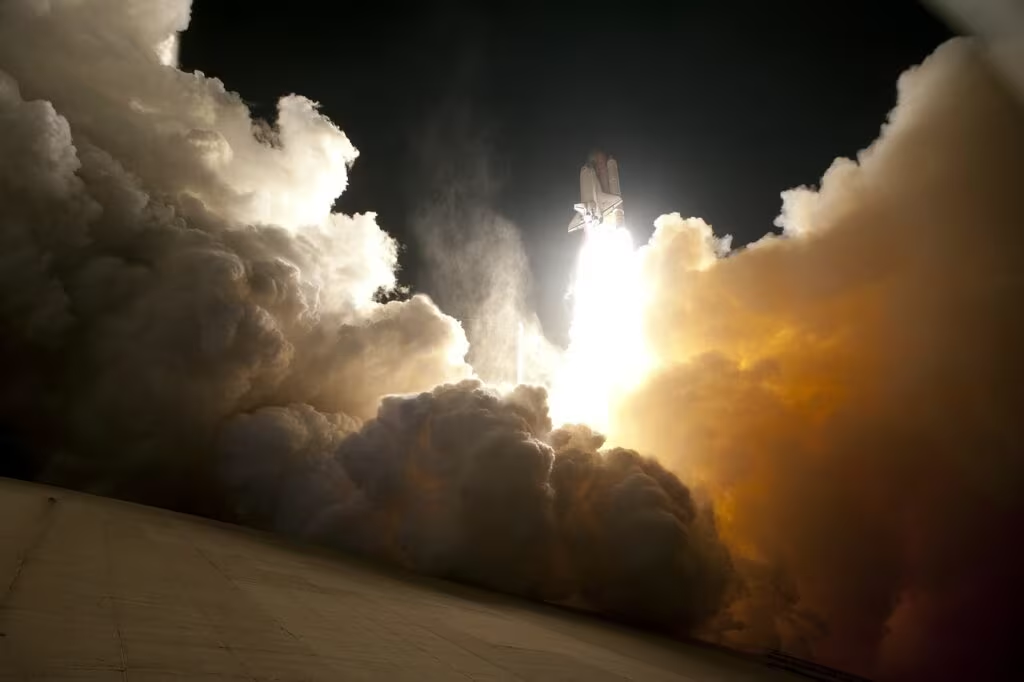Silence from the Second Planet: An Era of Venus Exploration Concludes
After years of dedicated service studying the scorching, cloud-shrouded world of Venus, the signal from the last dedicated orbital probe studying the planet has ceased, marking the end of an operational era in Venus exploration. While the specific details surrounding the final moments of the spacecraft’s communication are often technical—involving power degradation, orbital decay, or solar conjunction—the loss signifies a temporary pause in continuous, dedicated orbital monitoring of Earth’s mysterious twin.

This event, occurring in late 2025, underscores both the incredible longevity of modern space hardware and the extreme difficulty of maintaining a presence around the solar system’s most inhospitable terrestrial planet. While the identity of the specific probe is confirmed to be the Japanese Aerospace Exploration Agency’s (JAXA) Akatsuki (also known as the Venus Climate Orbiter), its silence closes a crucial chapter of atmospheric study.
The Legacy of Akatsuki: Unlocking Venusian Secrets
Launched in 2010, the Akatsuki mission faced a major setback when its main engine failed during the initial orbit insertion attempt in 2010. JAXA engineers, demonstrating remarkable ingenuity, spent five years maneuvering the spacecraft using its smaller thrusters, finally achieving orbit insertion in December 2015. This perseverance turned a near-failure into a triumph, allowing Akatsuki to become the longest-serving dedicated Venus orbiter in history.
Akatsuki’s primary focus was the planet’s dynamic and mysterious atmosphere, which rotates far faster than the planet itself—a phenomenon known as super-rotation. The probe used specialized cameras to observe the atmosphere at different wavelengths, providing unprecedented insights into weather patterns, cloud dynamics, and atmospheric composition.
Key scientific contributions from the Akatsuki mission include:
- Mapping Cloud Features: High-resolution infrared imaging revealed complex structures and dynamics in the thick sulfuric acid clouds.
- Super-Rotation Study: Akatsuki provided the first detailed, long-term observations of the atmospheric super-rotation, helping scientists understand the massive energy transfer driving this phenomenon.
- Gravity Waves: Detection of massive stationary gravity waves in the atmosphere, suggesting a strong coupling between the atmosphere and the planet’s surface topography.
- Atmospheric Loss: Monitoring the escape of atmospheric gases into space, crucial for understanding how Venus evolved into its current state.
“The data returned by Akatsuki has fundamentally changed our understanding of Venusian atmospheric dynamics. Its longevity, despite initial challenges, is a testament to the dedication of the JAXA team and the resilience of deep space engineering.”
— Leading Planetary Scientist
A History of Hostility: The Challenges of Venus Exploration
Venus has historically been a graveyard for space probes. Its surface temperature, averaging 464°C (867°F)—hot enough to melt lead—and atmospheric pressure 92 times that of Earth’s sea level, make it uniquely challenging.
Milestones in Venusian Exploration
- 1962: Mariner 2 (U.S.) – Achieved the first successful planetary flyby, confirming Venus’s extreme temperatures and lack of a significant magnetic field.
- 1975: Venera 9 (Soviet Union) – Successfully landed and transmitted the first black-and-white images from the surface of another world. It survived for only 53 minutes before succumbing to the heat and pressure.
- 1989-1994: Magellan (U.S.) – Used radar mapping to penetrate the dense clouds and create the first high-resolution global map of the Venusian surface, revealing extensive volcanism and tectonic features.
- 2006-2014: Venus Express (ESA) – A long-running orbiter that focused on atmospheric science, confirming the presence of lightning and studying the planet’s polar vortices.

The brief operational life of surface landers like the Soviet Venera series highlights why orbital missions, despite their distance, are critical for long-term climate monitoring. With Akatsuki now silent, the international scientific community loses its continuous orbital vantage point.
The Next Golden Age: A Trio of Future Missions
The loss of Akatsuki is temporary, as the scientific community is preparing for a new, ambitious wave of missions aimed at solving Venus’s greatest mysteries, including whether the planet ever hosted liquid water or habitable conditions.
Three major missions are currently in development, promising to revolutionize our understanding of the planet starting in the early 2030s:
| Mission | Agency | Focus | Expected Launch Window |
|---|---|---|---|
| DAVINCI+ (Deep Atmosphere Venus Investigation of Noble gases, Chemistry, and Imaging) | NASA | Atmospheric composition, descent probe, surface imaging | Early 2030s |
| VERITAS (Venus Emissivity, Radio Science, InSAR, Topography, and Spectroscopy) | NASA | Global radar mapping, surface geology, interior structure | Early 2030s |
| EnVision | ESA (with NASA contributions) | Surface and subsurface mapping, atmospheric structure, internal dynamics | Early 2030s |
These missions represent a coordinated global effort to study Venus from the deepest atmosphere to the core. DAVINCI+ will deploy a descent probe to analyze the atmosphere in situ (on location), while VERITAS and EnVision will use advanced radar and spectroscopy to map the surface and search for evidence of active volcanism and tectonic activity.

The loss of the Akatsuki signal creates a gap, but it also increases the urgency and anticipation for these upcoming missions, which will use technology far more advanced than previous generations of spacecraft.
Key Takeaways: The End of an Orbiting Watch
The conclusion of the Akatsuki mission marks a significant moment in planetary science, emphasizing the cyclical nature of space exploration and the harsh realities of operating near Venus.
- Mission Concluded: The signal from the JAXA Akatsuki (Venus Climate Orbiter), the last dedicated orbiter, has ceased, ending its operational phase in late 2025.
- Scientific Impact: Akatsuki provided crucial, long-term data on Venus’s super-rotating atmosphere and cloud dynamics, overcoming a major engine failure early in its life.
- Exploration Gap: There is now a temporary period without a dedicated orbital platform continuously monitoring Venus, highlighting the need for the next generation of probes.
- Future Outlook: The early 2030s will see the launch of a trio of ambitious missions (DAVINCI+, VERITAS, and EnVision) aimed at comprehensive study of the planet’s atmosphere, surface, and interior.
Conclusion
The silence from Akatsuki is a poignant reminder of the challenges inherent in exploring the solar system’s most extreme environments. While the loss of continuous data flow is felt keenly by atmospheric scientists, the wealth of information gathered by the resilient Japanese probe will continue to fuel research for years. This mission successfully bridged the gap between the last major Venus missions of the 20th century and the ambitious, multi-agency push planned for the 2030s, ensuring that the mysteries of Venus remain firmly in the crosshairs of global space exploration efforts.
What’s Next
Scientists will now focus on analyzing the final datasets transmitted by Akatsuki and preparing for the data deluge expected from the upcoming NASA and ESA missions. The next major milestone for Venus exploration will be the launch of DAVINCI+ and VERITAS in the early part of the next decade, marking the start of a renewed, intensive focus on the planet. Until then, ground-based observations and data modeling will carry the torch of Venusian climate research.
Original author: Rob Beschizza
Originally published: October 30, 2025
Editorial note: Our team reviewed and enhanced this coverage with AI-assisted tools and human editing to add helpful context while preserving verified facts and quotations from the original source.
We encourage you to consult the publisher above for the complete report and to reach out if you spot inaccuracies or compliance concerns.

